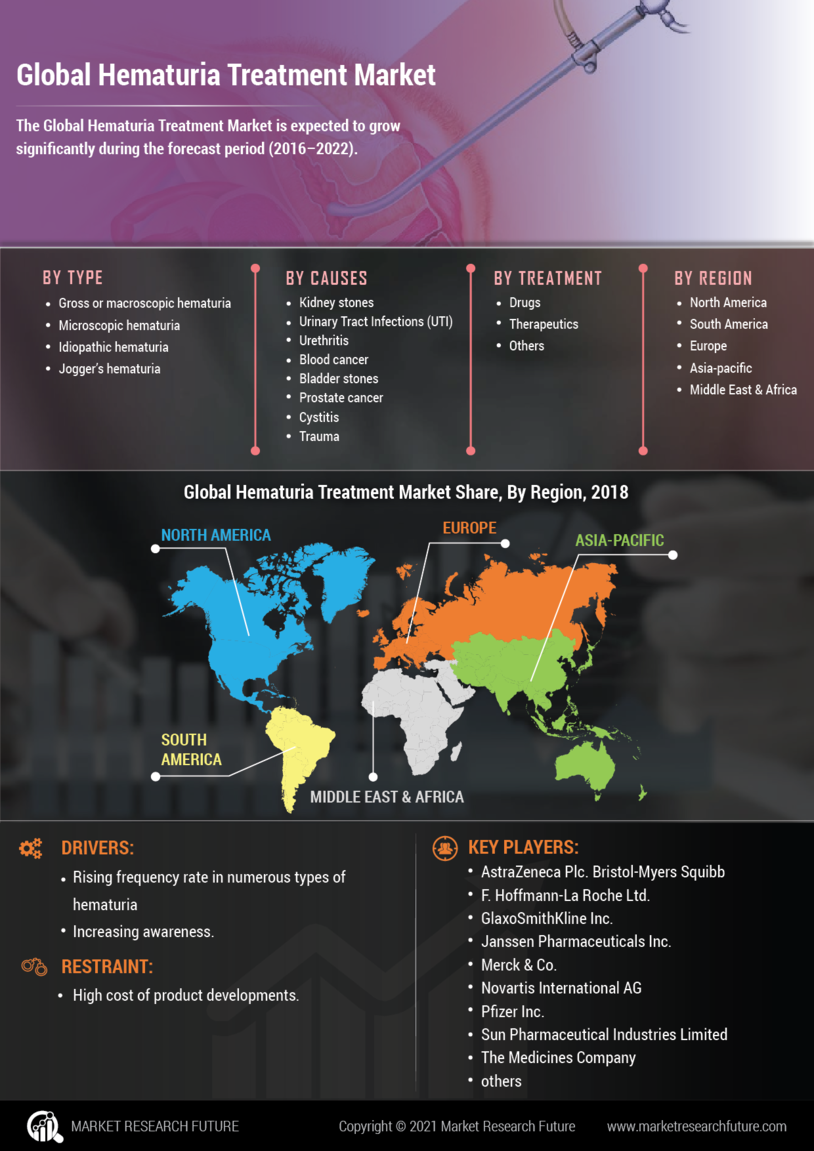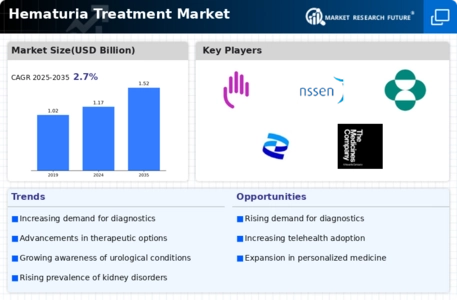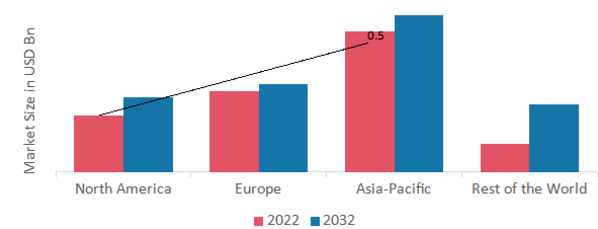Leading market players are paying a large sum of money on research and development in order to expand their product lines, which will help the Hematuria Treatment market, grow even more. Additionally, market participants are engaging in a range of strategic initiatives to increase their worldwide reach, with important market developments such as the introduction of new products, contracts, mergers and acquisitions, increased investments, and cooperation with other organizations. To grow and endure in an increasingly competitive and challenging market environment, Hematuria Treatment industry must provide affordable options.
One of the main business strategies employed by manufacturers is to produce locally to reduce operational expenses in the Hematuria Treatment industry to benefit clients and increase the market sector. In recent years, the Hematuria Treatment industry has offered some of the most significant advantages to medicine. Major players in the Hematuria Treatment market, including AstraZeneca Plc. Bristol-Myers Squibb, F. Hoffmann-La Roche Ltd., GlaxoSmithKline Inc., Janssen Pharmaceuticals, Inc., Merck & Co., Novartis International AG, Pfizer, Inc., Sun Pharmaceutical Industries Limited, The Medicines Company and others are making investments in research and development activities in an effort to boost market demand.
AstraZeneca plc is a worldwide pharmaceutical and biotechnology business with British and Swedish roots. Its headquarters are in Cambridge, England's Cambridge Biomedical Campus. Its product portfolio covers cancer, cardiovascular, gastrointestinal, infectious, neurological, respiratory, and inflammatory illnesses. It has been among the largest pharmaceutical corporations in the world since the merger and has acquired a number of businesses, notably Cambridge Antibody Technology. In 2021, India authorized the use of the Oxford-AstraZeneca vaccine, opening the door for a widespread immunization campaign in the second-most populous nation in the world.
It was revealed that the Oxford-AstraZeneca shot would be produced domestically by the Serum Institute of India (SII) under the trade name COVISHIELD.
The Bristol-Myers Squibb Company (BMS) is a pharmaceutical company with headquarters in the US. With its headquarters in New York City, one of the largest pharmaceutical companies in the world, BMS routinely makes the Fortune 500 list of the largest American companies. Cancer, HIV/AIDS, cardiovascular disease, diabetes, hepatitis, rheumatoid arthritis, and psychiatric disorders are among the therapeutic areas where Bristol Myers Squibb produces prescription medications and biologics. Lawrence, New Jersey, Summit, New Jersey, New Brunswick, New Jersey, Redwood City, California, and Seville in Spain are the locations of BMS's main research and development facilities.
Additional facilities can be found in Devens and Cambridge in Massachusetts, East Syracuse, New York, Braine-l'Alleud, Belgium, and Tokyo in Japan, India's Bangalore, and Wirral, United Kingdom. In the past, BMS operated an R&D facility in Wallingford, Connecticut. In June 2022, BMS announced that it would buy Turning Point Therapeutics Inc. for $4.1 billion in cash ($76 per share, a 122.5% premium to its most recent closing price), expanding its line-up of cancer medications to include repotrectinib.







